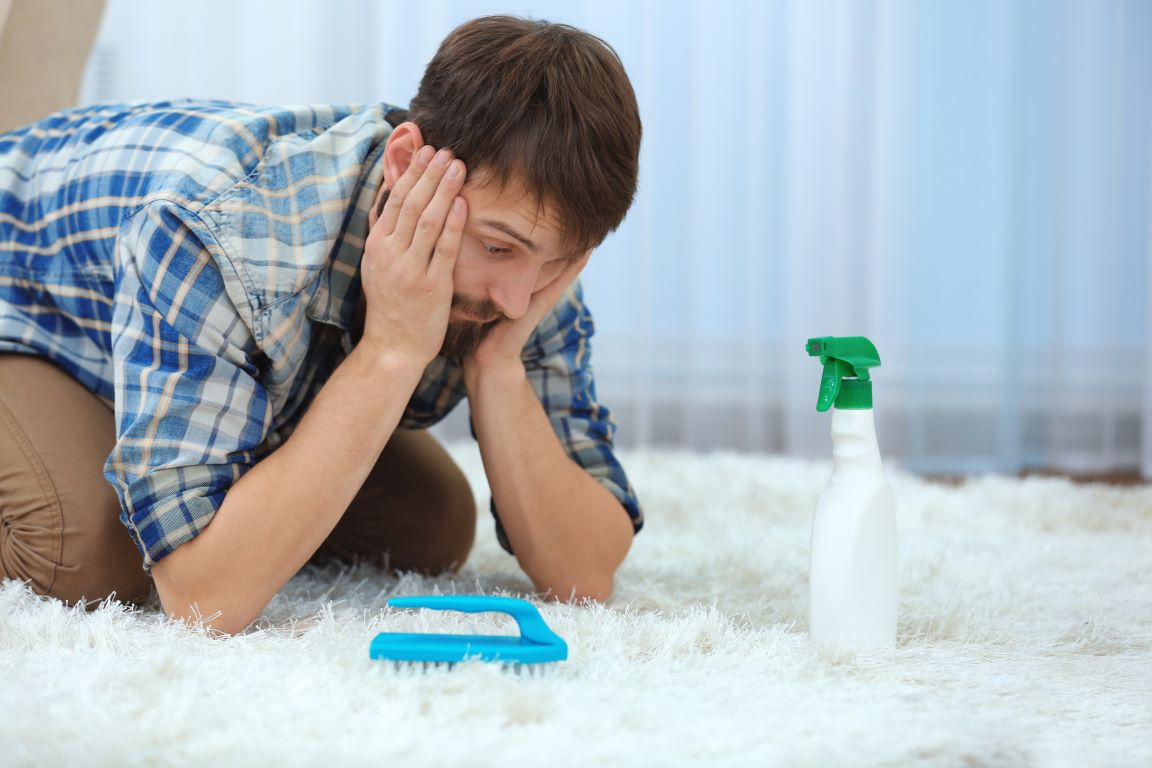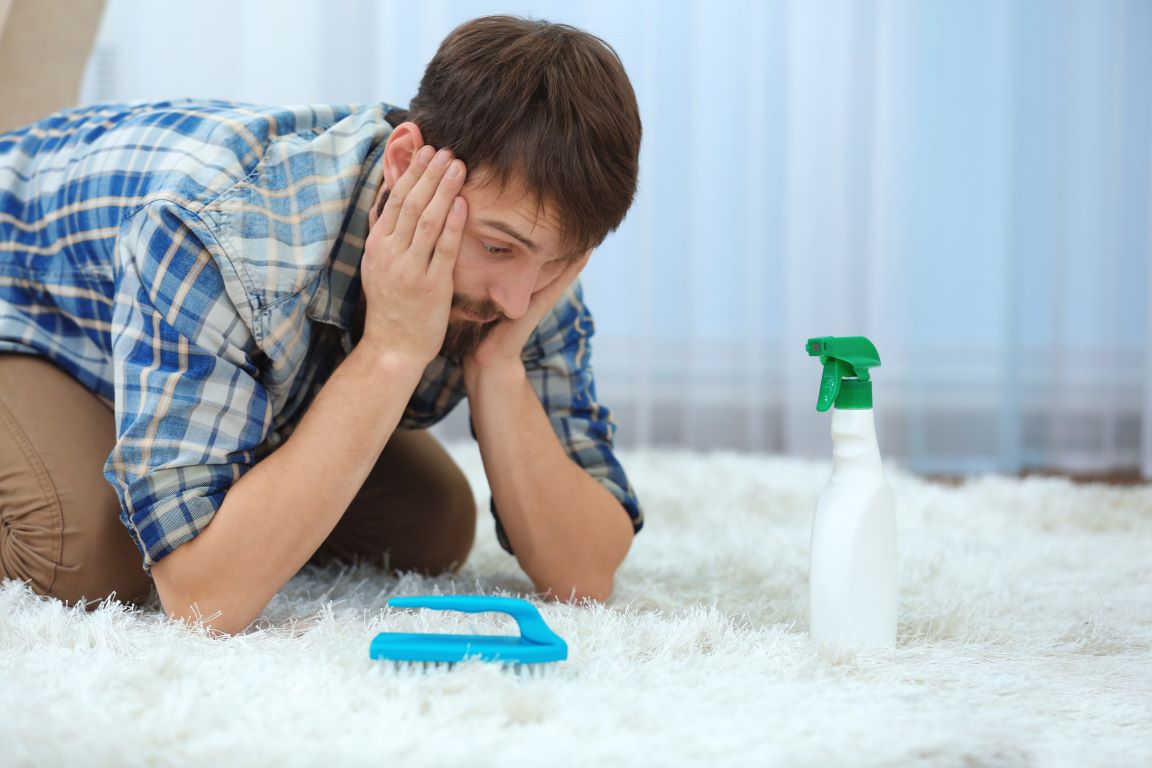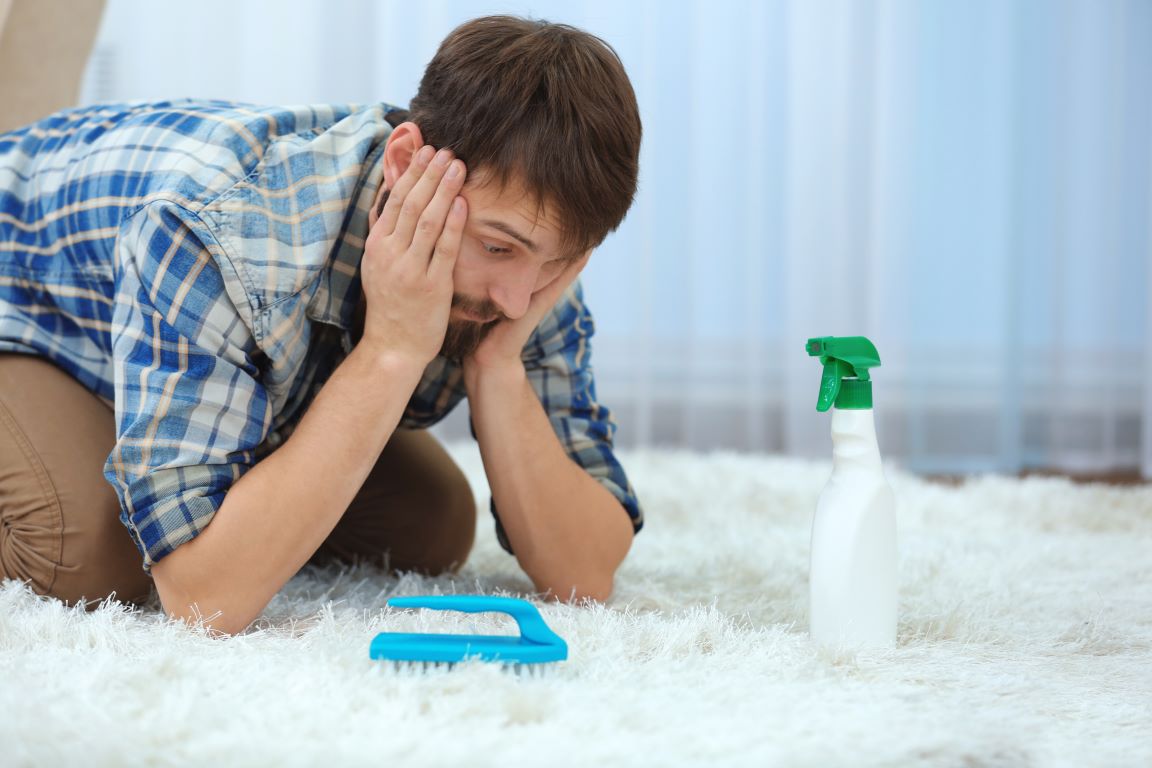Carpets add warmth and style to any room but can secretly harbor microscopic allergens and germs over time. Dust mites, pet dander, mold spores and bacteria accumulate deep down in fibers where vacuums can’t reach. To promote cleaner home air quality and prevent illness, be proactive with these carpet hygiene tips.
Inspect Carpets Yourself
Check all your interior carpeting at least annually for early warning signs of contamination. Look for dark traffic lanes, peculiar stains of unknown origin, musty odors, color changes or signs of bug infestations. Move furniture to examine areas normally hidden underneath too. Pay attention if anyone complains of respiratory, allergy or cold/flu symptoms frequently which carpets may contribute to.
Test Carpet Moisture Levels
Dampness issues lead to mold, mildew, and dust mite infestations. After rainstorms or plumbing leaks, check for any wet patches using moisture probes designed for carpeting. If carpets feel clammy under padding or show discoloration from prior floods, take action to prevent microbial growth. Consider installing carpet tile with waterproof backing instead of moisture-absorbent broadloom in basements.
Vacuum Thoroughly and Frequently
While vacuuming reaches surface debris only, it’s still critically important for carpets. Vacuum high traffic areas daily if possible, using strong suction and rotating brushes to capture dust and allergens hiding within pile. Use crevice tools along baseboards and under furniture edges too. Follow periodic deep cleaning methods to extract residues a vacuum cannot.
Apply Stain Protection Treatments
Sealing carpets with a reputable stain resistant coating will make regular spot cleaning easier. The protective barriers prevent spills, juices, mud, and oils from initially bonding with fibers for easier removal before setting in deeply. Reapply treatments every year or after professional cleanings which strip off old coating buildup. Just don’t over apply to the point carpets feel stiff or crunchy.
Remove Shoes at Entry Doors
Remember carpets essentially function as air filters trapping contaminants people track inside homes. Establish strict no-shoe zones in carpeted rooms to reduce the amount of germs, chemicals, oils, and debris brought inside. Designate entryway spaces for removing dirty footwear after being outdoors to maintain cleaner interior air quality.
Address Moisture Intrusions Quickly
Act promptly whenever water leaks onto carpets, like pipe failures, storms, appliances overflowing or flooding incidents. Extract excess moisture immediately using wet vacs, towels, and fans. Discard soaked padding and treat backsides of affected carpeting quickly with antimicrobial solutions to prevent mold colonies from taking hold while drying.
Schedule Professional Deep Cleaning
While regular vacuuming helps, old stains and ground-in residues will still degrade carpet hygiene over time. Hire a quality professional carpet cleaning service to treat fabrics correctly at least every 12-18 months depending on traffic. Truck mounted steam cleaning effectively flushes out the deepest hidden buildup regular vacuums cannot trap.
Final Words
Stay vigilant against the microscopic threats carpeting can present to your indoor air. Protect carpet integrity through attentive preventative care and frequent cleaning tactics suitable for your household needs.
In case if you notice that your carpets are causing allergic reactions, the best thing you can do is to replace them. You don’t need to spend a fortune to buy new carpets. You can buy them at an affordable price from us at Pay As You Go carpets. We offer pay weekly flooring products to you at just £10 per week. Visit our website to claim your £600 instant credit today.




